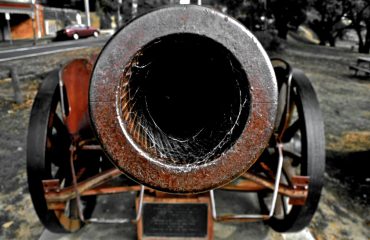body { font-family: sans-serif; line-height: 1.6; }
h1, h2, h3 { color: #333; }
The global steel market is a complex ecosystem, influenced by factors ranging from raw material costs and production capacity to geopolitical events and, crucially, fluctuating foreign currency exchange rates. Understanding how these exchange rates impact steel pricing is vital for both buyers and sellers navigating this international arena. This post will delve into the intricate relationship between steel pricing and foreign currency, providing insights into the challenges and opportunities it presents.
The Impact of Exchange Rate Fluctuations on Steel Prices
Exchange rates are the cornerstone of international trade. When a country imports steel, the price they pay is influenced by the exchange rate between their currency and the currency of the exporting country. A strengthening of the importer’s currency relative to the exporter’s currency means they will pay less for the same quantity of steel. Conversely, a weakening of the importer’s currency makes imports more expensive. This dynamic is not static; exchange rates constantly fluctuate due to various economic and political factors, creating uncertainty and risk for both buyers and sellers. For instance, a sudden depreciation of the US dollar against the Chinese Yuan could significantly increase the cost of steel imported from China into the United States.
Hedging Strategies to Mitigate Currency Risk
The volatility of exchange rates poses a significant risk to businesses involved in international steel trade. To mitigate this risk, companies often employ hedging strategies. These strategies aim to lock in a specific exchange rate for future transactions, eliminating the uncertainty associated with fluctuating rates. Common hedging techniques include forward contracts, futures contracts, and currency options. A forward contract, for example, allows a buyer to agree on a specific exchange rate for a future steel purchase, protecting them from potential losses due to currency appreciation. The choice of hedging strategy depends on factors like the time horizon of the transaction, the level of risk tolerance, and the anticipated volatility of the exchange rate.
Analyzing Regional Steel Pricing in Different Currencies
Steel pricing varies significantly across different regions due to various factors, including production costs, local demand, government policies, and transportation costs. Analyzing these regional differences in the context of foreign currency is critical. For example, steel prices in the Eurozone might be quoted in Euros, while prices in India are quoted in Rupees. Understanding the relative strength and weakness of these currencies against each other and against major currencies like the US dollar helps to compare prices accurately and make informed purchasing decisions. This requires close monitoring of exchange rates and an understanding of regional market dynamics.
The Role of Currency in International Steel Trade Agreements
International steel trade agreements often specify the currency in which transactions will be settled. This choice can significantly impact the final cost of steel. For example, a contract specifying payment in US dollars might be advantageous for a buyer in a country with a weak currency, but it would expose them to exchange rate risk if the dollar strengthens. Conversely, a contract specifying payment in the buyer’s local currency reduces exchange rate risk but might not be as readily accepted by all sellers. Negotiating favorable currency clauses in these agreements is crucial for managing risk and securing competitive pricing.
Predicting Future Steel Prices Based on Currency Trends
Predicting future steel prices is inherently challenging, but incorporating currency trends into the forecast can significantly improve accuracy. Economic forecasts, interest rate changes, and geopolitical events all influence exchange rates and, consequently, steel prices. By analyzing these trends, businesses can make more informed decisions regarding purchasing, sales, and inventory management. Sophisticated forecasting models often incorporate quantitative data on exchange rates, steel production, demand, and other relevant macroeconomic indicators. However, it’s important to remember that even the most sophisticated models cannot perfectly predict the future, and unexpected events can significantly impact prices.
Navigating the world of steel pricing in foreign currency requires a multifaceted approach. Understanding the interplay between exchange rates, regional market dynamics, and hedging strategies is crucial for minimizing risk and maximizing profitability in this dynamic global market. Continuous monitoring of economic indicators, geopolitical events, and exchange rate movements is essential for making informed decisions.
SEO-Friendly Tags:
- Steel Price Forecast
- Foreign Exchange Risk Management
- International Steel Trade
- Steel Commodity Trading
- Currency Hedging Strategies




